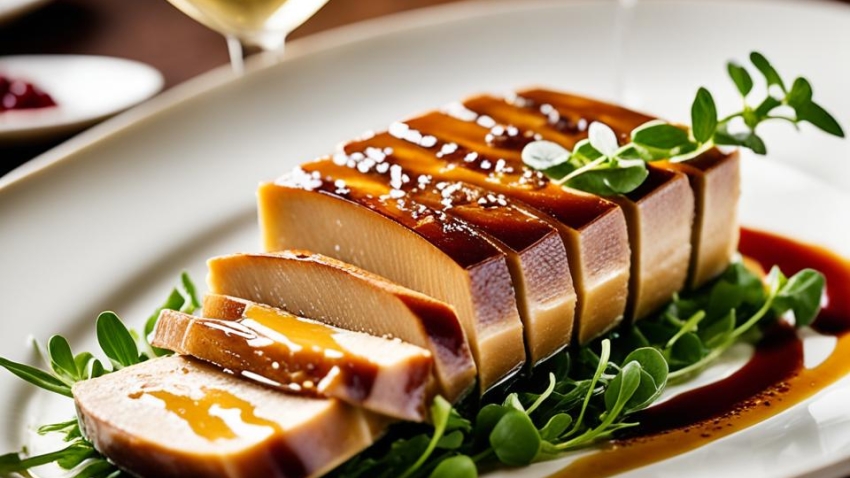
Discover the Exquisite Taste of Foie Gras | A Culinary Delight
Foie gras is a top French delicacy that food lovers have enjoyed for years. It’s a creamy, rich duck or goose liver pâté known for luxury dining. We’ll explore foie gras‘s deep history, how it’s made, and how it’s used in cooking today. Join us in learning about the finer side of foie gras. Find out why it’s loved by chefs and fans all over.
Key Takeaways
- Foie gras is a highly prized French culinary delicacy with a rich history and global influence.
- The unique texture and flavor of foie gras are achieved through specialized fattening processes.
- Ethical and sustainable production methods are being explored to address animal welfare concerns.
- Foie gras is a versatile ingredient that can be incorporated into a wide range of dishes, from traditional terrines to innovative creations.
- Proper storage and preparation techniques are crucial for enjoying the exquisite taste of foie gras at home.
Foie Gras: A Delicacy Like No Other
Foie gras is a prized dish that has been part of French cuisine for a long time. Its name means “fatty liver.” It stands out from other duck or goose liver by its rich taste and smooth texture. This comes from a special way of fattening the animals. The end result is a creamy, rich pâté that food lovers adore.
This fatty liver delicacy is not just any liver dish. It’s made using special methods that give it a unique taste and feel. This makes it a luxurious, creamy texture with intense, concentrated flavor. It truly showcases the French’s dedication to creating amazing food.
Foie gras is not just a dish but a tradition in French cuisine. It can be enjoyed alone or in many meals. Its rich taste and smooth texture make it a top choice for many food lovers worldwide.
Understanding the Art of Foie Gras Production
Foie gras is made through a process called gavage. It means feeding ducks or geese to make their livers bigger. This method is sometimes criticized for possibly not being good for the animals. Yet, the industry is working on new ways that are kind and ethical.
Traditional Gavage Method
The old way of making foie gras involves feeding ducks or geese through a tube in their throat. This makes their livers big, giving foie gras its signature taste. Even though this method is ancient, it makes some people worry about the animals’ feelings.
Ethical and Humane Alternatives
Many foie gras makers now choose more animal-friendly methods. They let ducks and geese eat a lot naturally or use special feeding systems that don’t need a tube in their throat. These new ways keep the animals happy and healthy, while still making great foie gras.
Some producers are going a step further, making cruelty-free foie gras without any forced feeding. This is a hit with people who want foie gras but without harming animals. These humane foie gras production methods are becoming more popular.
People want more foie gras that they can feel good about. Makers are always working on ways to keep the taste while looking after the animals and the environment.
The Culinary Versatility of Foie Gras
Foie gras is used in many dishes, showing its wide range. The classic foie gras terrine is a delicacy in French cuisine, known for its smoothness. But now, chefs are using foie gras in creative ways, changing how we see it.
Foie Gras Terrine: A Classic French Delicacy
The foie gras terrine is a fancy French dish. It’s known for its luxury and taste. Restaurants around the world love putting it on their menu because of its quality.
Innovative Foie Gras Dishes
Chefs are making new dishes with foie gras outside of the terrine. They’re using it in things like ravioli and sauces. This keeps foie gras fresh and exciting for people who love food.
Pairing Foie Gras with Wine and Spirits
Foie gras pairs excellently with many drinks. Its smooth, rich flavor goes well with both wine and spirits. Normally, it’s matched with sweet, fruity wines like Sauternes or Tokaji. These wines help balance the liver’s rich taste.
But, some like to try it with dry white wines, Champagne, or aged spirits. This choice shows off the versatility and complexity of foie gras. The right wine or spirits combines with foie gras perfectly. Together, they create an unforgettable French cuisine specialty taste for sophisticated eaters.
| Foie Gras Pairing | Wine Recommendation | Spirit Recommendation |
|---|---|---|
| Traditional Pairing | Sauternes, Tokaji | N/A |
| Adventurous Pairing | Dry White Wines, Champagne | Cognac, Armagnac |
“The harmonious pairing of foie gras with the right wine or spirit can elevate the overall dining experience, showcasing the extraordinary versatility of this culinary treasure.”
Exploring the Flavors of Foie Gras
The unique qualities of foie gras come from its special texture and flavor profile. It has a soft, smooth mouthfeel that’s a result of how it’s made. The process makes it rich and creamy, covering your palate. You’ll taste a mix of intense and gentle flavors. These include umami, a touch of sweet, and slight nutty notes.
Texture and Mouthfeel
The texture of foie gras shows its high quality. The making process turns the liver into a masterpiece. It becomes a fatty liver delicacy with unmatched smoothness. This result is due to more fats in the liver. It feels rich and creamy as you eat it.
Unique Flavor Profile
The flavor profile of foie gras is both varied and strong. It combines light umami taste with a gentle sweet and nutty note. The mix strikes a perfect balance between gentle and intense. This distinct flavor is why foie gras stands out. Every bite is an unforgettable taste journey.
Foie Gras in French Cuisine
Foie gras is at the top in French cuisine, with deep roots back to the old days. This super special food defines the French way of cooking. And over the years, foie gras has become a key part of France’s food story.
Historical Significance
Foie gras first showed up in the ancient Mediterranean. People would feed waterfowl rich food to fatten their livers. But, France really took this delicacy to heart. Here, making and enjoying foie gras rose to an art form. Now, it’s a key star in the sky of French cuisine.
Regional Specialties
In France, different regions have their own take on foie gras. The Périgord kind is famous for its smooth texture. Then there’s Alsace, where foie gras gets a more special taste. This variety shows how deeply foie gras is loved all across France.
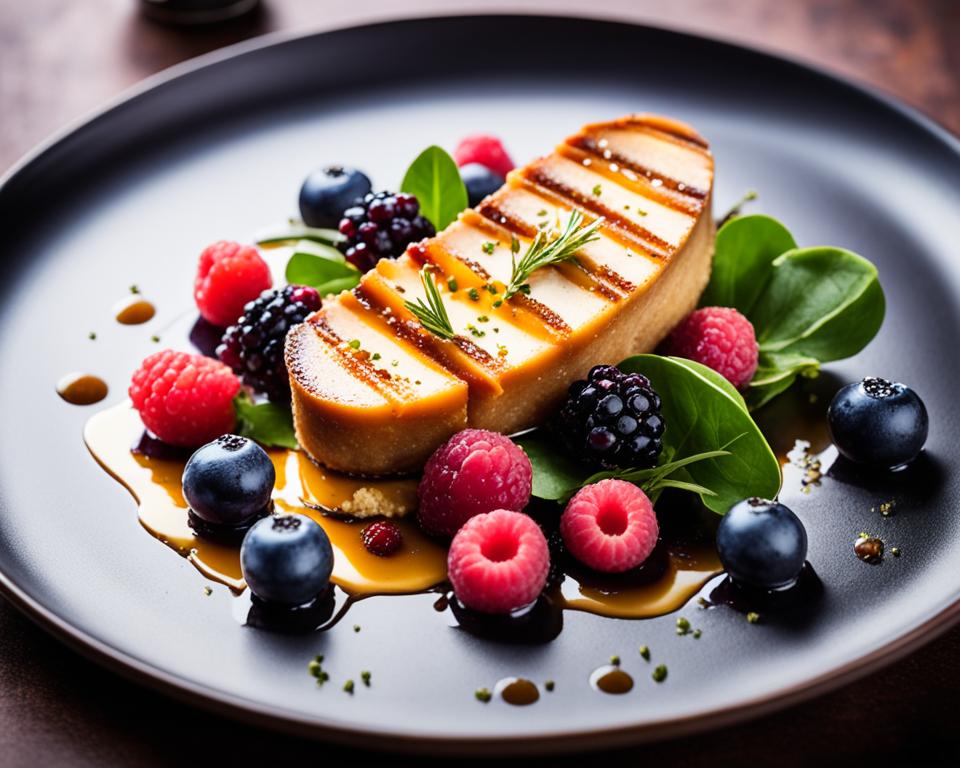
Foie gras can be a dish all by itself. Or, it can be part of many French treats. People everywhere love this food, making it a true French treasure. It’s a must-have in the world of French cuisine and its amazing history.
Ethical Considerations and Sustainability
The demand for foie gras is rising. This has led to a focus on ethical and sustainable ways to produce it. Traditional methods like gavage have been criticized.
Yet, innovative farming and production methods are emerging. These new ways are putting animal welfare and the environment first.
Cruelty-Free Foie Gras Production
Cruelty-free methods include free-range farming and systems that don’t need force-feeding. The aim is to treat ducks and geese humanely during the fattening process.
This way of production means the birds can eat naturally. It helps keep them in good shape and well.
Environmental Impact
Sustainable foie gras farming is working to be kind to the planet. It’s focusing on using resources better and managing waste well.
Producers want to lower their impact on the environment. They are looking at how to use water wisely and manage waste responsibly. By doing so, they aim to meet the values that today’s consumers care about.
Foie Gras: A Luxury Indulgence
Foie gras is seen as a luxurious treat in the food world. It stands out for its rareness, rich taste, and the hard work it takes to make it. This french cuisine specialty is linked to special times, top-notch restaurants, and people who love premium foods.
The special nature and prestige of foie gras make it a unique food experience. Skilled craftspeople create the artisanal liver mousse that it is. Eating foie gras is like enjoying a bit of luxury. It delights the senses, especially for those with refined tastes.
| Characteristics of Foie Gras | Value |
|---|---|
| Rarity | High |
| Flavor Complexity | Exquisite |
| Production Craftsmanship | Meticulous |
| Association with Luxury | Renowned |
Health Benefits and Nutritional Value
Many think foie gras only adds fat, but it offers health perks too, in small servings. It’s packed with top-notch protein. This means it has essential amino acids for strong muscles and good body functions.
Rich in Vitamins and Minerals
Foie gras is loaded with vitamins and minerals, such as vitamin A, B12, and iron. These are key for staying healthy and fit.
High-Quality Protein Source
Besides vitamins and minerals, foie gras shines as a high-quality protein source. The amino acids in it help grow and fix muscles. It’s a good fit for a balanced diet.
True, foie gras has a lot of fat. But, because it’s rich in nutrients, it can fit well in a healthy diet, if you don’t overdo it.
Foie Gras in Global Cuisine
Foie gras is a key part of French cooking. But, it’s not just France that loves it. Chefs all over the world use it in new and exciting ways in their dishes. In Asia, for example, they mix foie gras with their local foods. This creates a mix that’s a delight for the taste buds.
Asian Influences
In Asia, you can find dishes like sushi with foie gras on top. Or, meals that mix the buttery softness of foie gras with bold Asian flavors. This merging of cultures has made foie gras even more special. It shows how versatile it is in different types of cuisines.
North American Interpretations
North American chefs also put their spin on foie gras. They use it in creative ways, making dishes for those who love good food. By adding foie gras to North American cooking, they’ve created something unique. This has added to the worldwide appreciation of foie gras as a top culinary choice.
Storing and Preparing Foie Gras at Home
You can savor the amazing taste of foie gras right in your kitchen. The key is knowing how to store and prepare it well. Keep foie gras in the fridge, sealed tight, to keep it fresh. For serving, warm it up gently for a creamy texture or add it to your favorite dishes. This way, you’ll enjoy the true French gourmet meal at your own table.
Foie Gras: A Celebration of Culinary Artistry
Foie gras is more than a tasty dish. It shows the hard work and skill of chefs. They pick the best ingredients and use special methods. This turns making foie gras into a true art. Its deep roots and meaning in French food highlight its place in french cuisine specialty.
Learning about foie gras shows how much effort chefs put in. It’s more than just food. It’s about tradition, new ideas, and always aiming for the best. By understanding this, we respect the dish even more.
“Foie gras is not just a dish, it is a work of art, a celebration of the human spirit’s capacity to transform the mundane into the sublime.”
When we eat foie gras, we do more than enjoy a great taste. We also celebrate a long history of cooking. Plus, we admire the hard work chefs put into their craft. It’s about reaching a higher level of enjoying food, mixing senses and feelings in a special way.
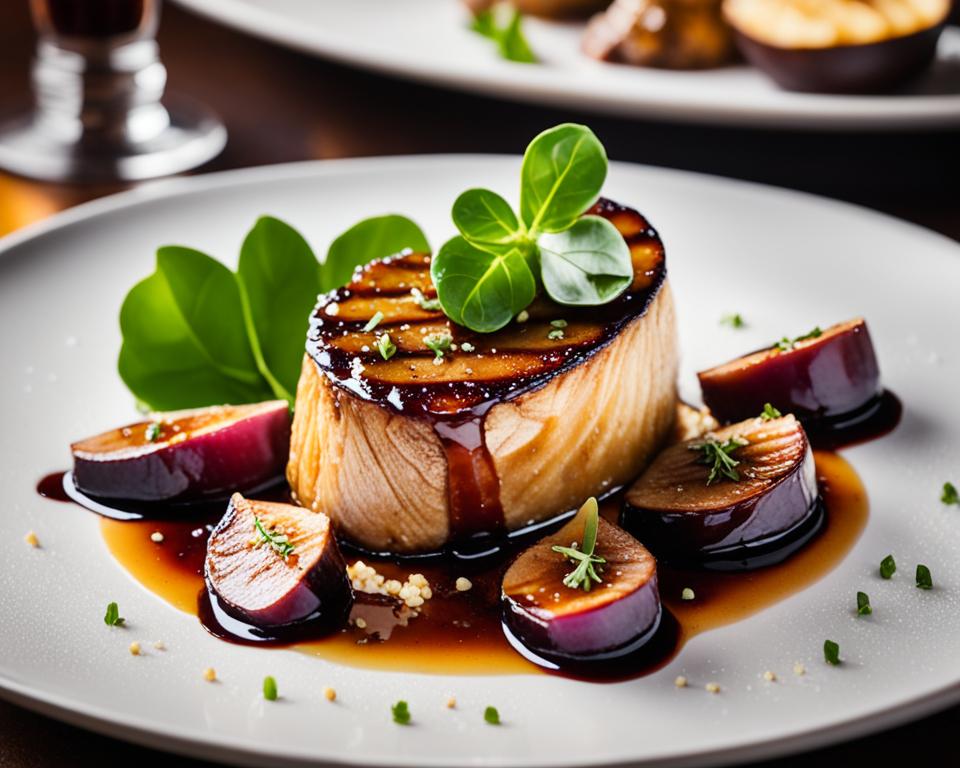
Conclusion
In conclusion, foie gras is loved by foodies all over the world. It’s known for its smooth, rich taste. This food has a long history and is a key part of French cuisine. Its future is looking good as more ethical and sustainable ways of making it are found. Knowing the unique flavors and how useful it is makes us value the hard work put into it.
People enjoy foie gras as a special treat or in new and exciting recipes. It shows the excellence in cooking and how delightful good food can be. The industry is changing for the better, keeping foie gras relevant and enjoyed by many. Its place in the culinary world seems secure, continuing to please food lovers for years to come.




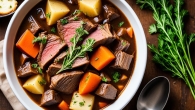
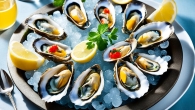
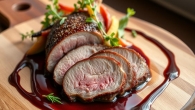
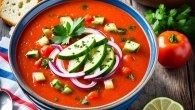

Leave a Reply